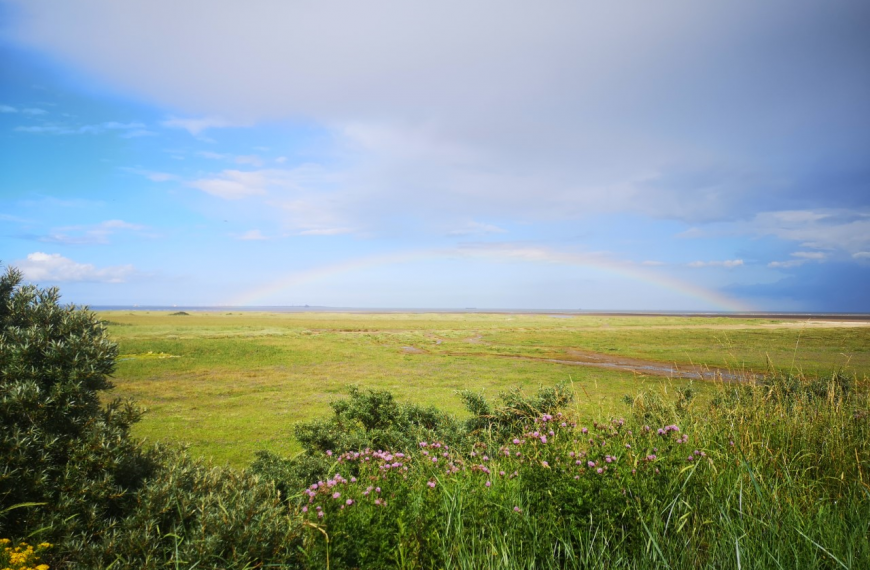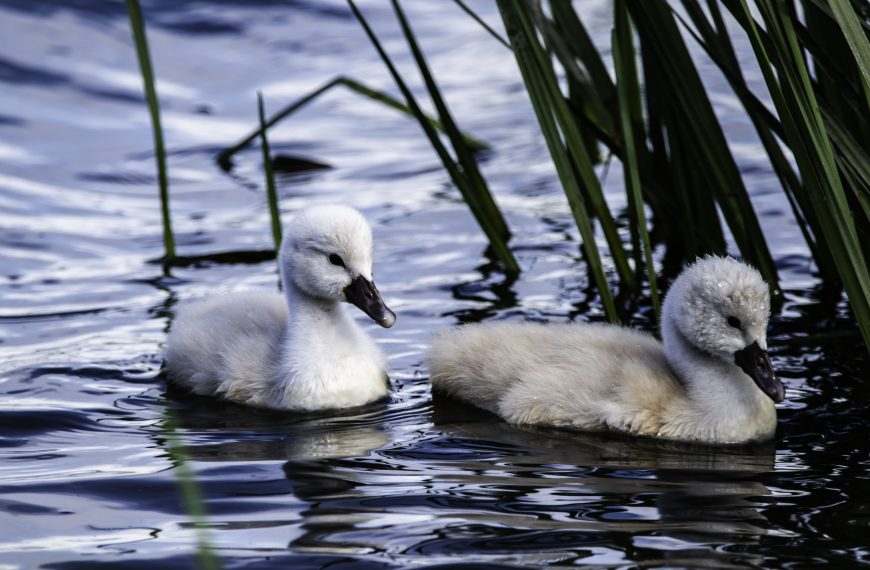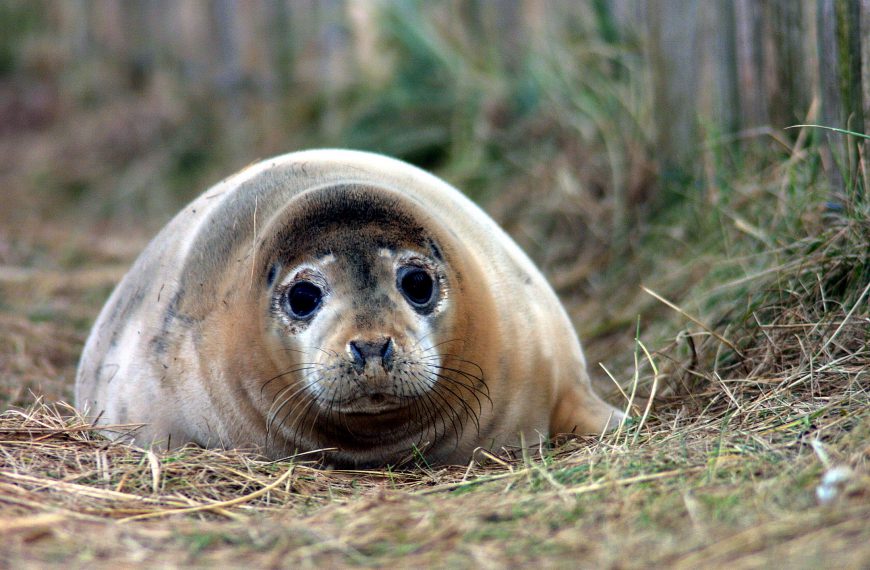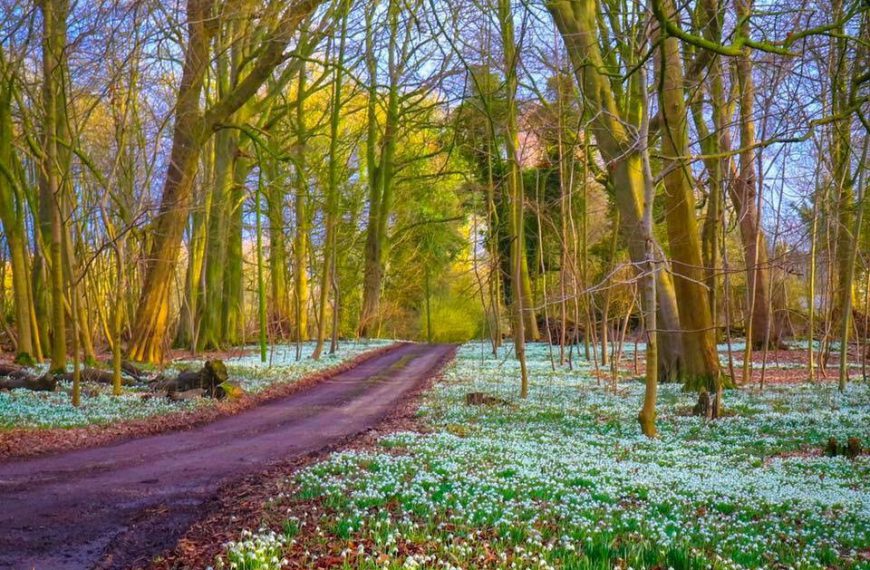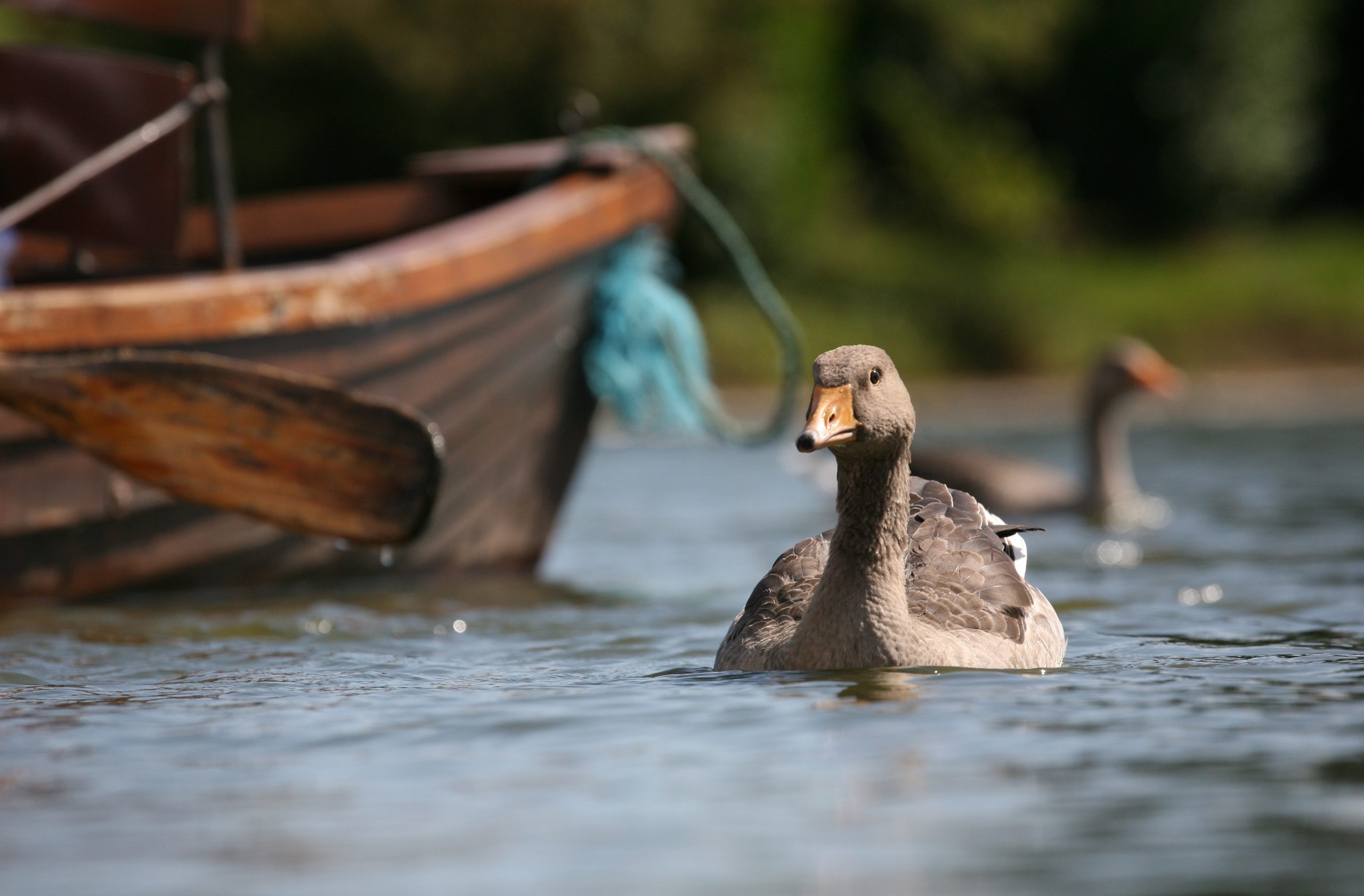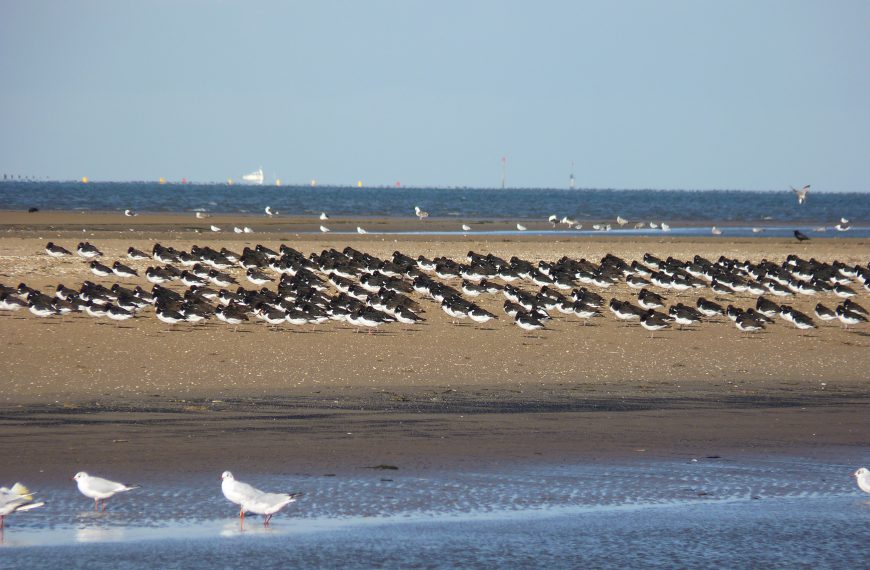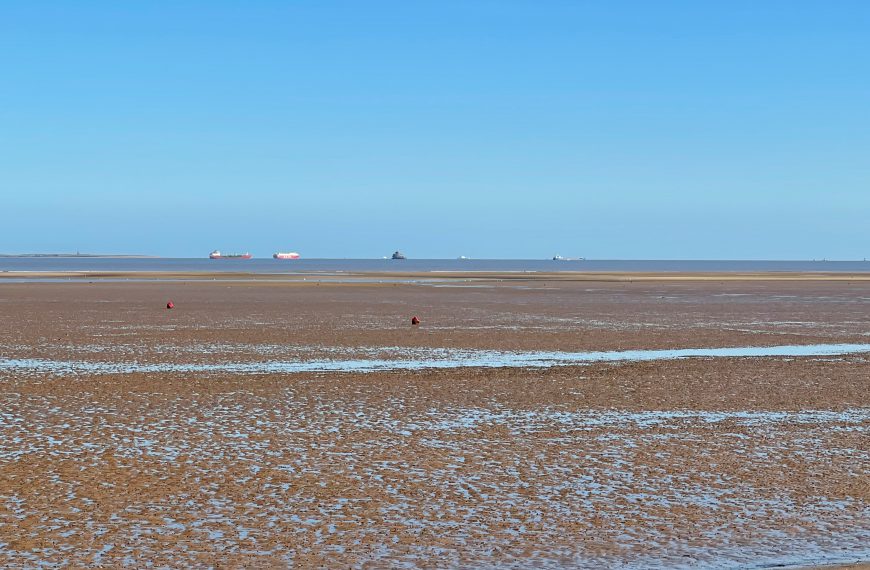Coastal Wildlife of North East Lincolnshire
The Humber Estuary is a unique and diverse habitat. From the sandy beaches and natural sand dunes, to the saltmarsh, mudflats and lagoons, the area is home a wide variety of wildlife.
The estuary’s habitats, and the birds, insects and animals that live in it, are protected by UK law. Saltmarsh, mud flats, sand dunes and sand banks all add to the biodiversity of the Humber region.
Since 1988, when the estuary’s importance was recognised, the area has been designated a Site of Special Scientific Interest (SSSI), which is protected under European law. This includes Special Protect Area (SPA) status, as well being a Special Area for Conservation (SAC) and European Marine Site.
It is also recognised by the Ramsar Convention on Wetlands as a wetland of international importance.
In 2002, North East Lincolnshire Council had the area from Cleethorpes Leisure Centre to the county boundary at RSPB Tetney Marshes made into a Local Nature Reserve. In 2005 Natural England extended the national and international designations to all of the River Humber and the River Trent, to the motorway bridge on the M18, and the River Ouse, up to the motorway bridge on the M62.
The Area of Outstanding Natural Beauty that is the Lincolnshire Wolds is the highest land in eastern England between Kent and Yorkshire. The landscape of the Wolds consists of woodland, grassland and abandoned chalk pits providing important habitats for rare flowers and wildlife and is some of Britain’s finest countryside.

